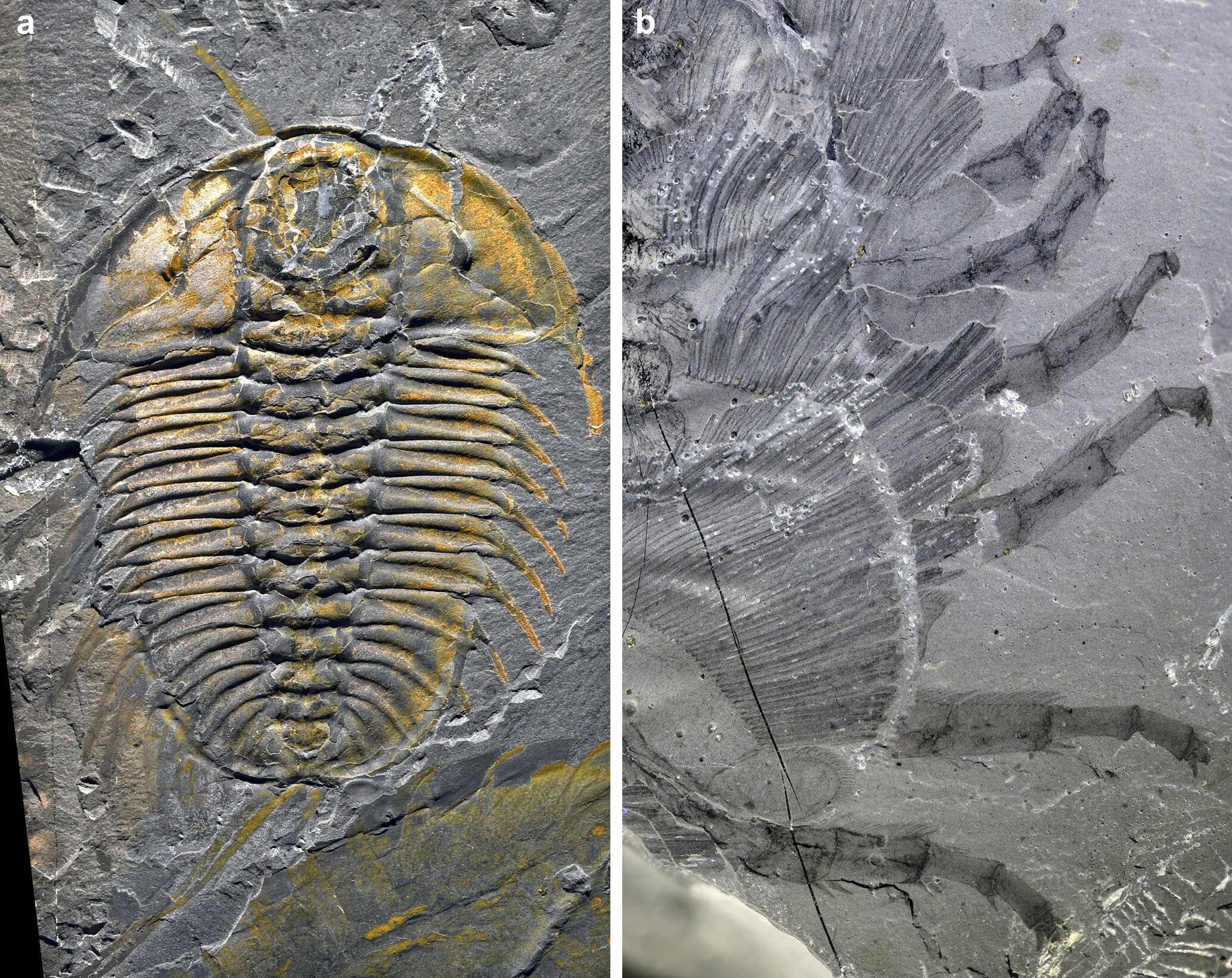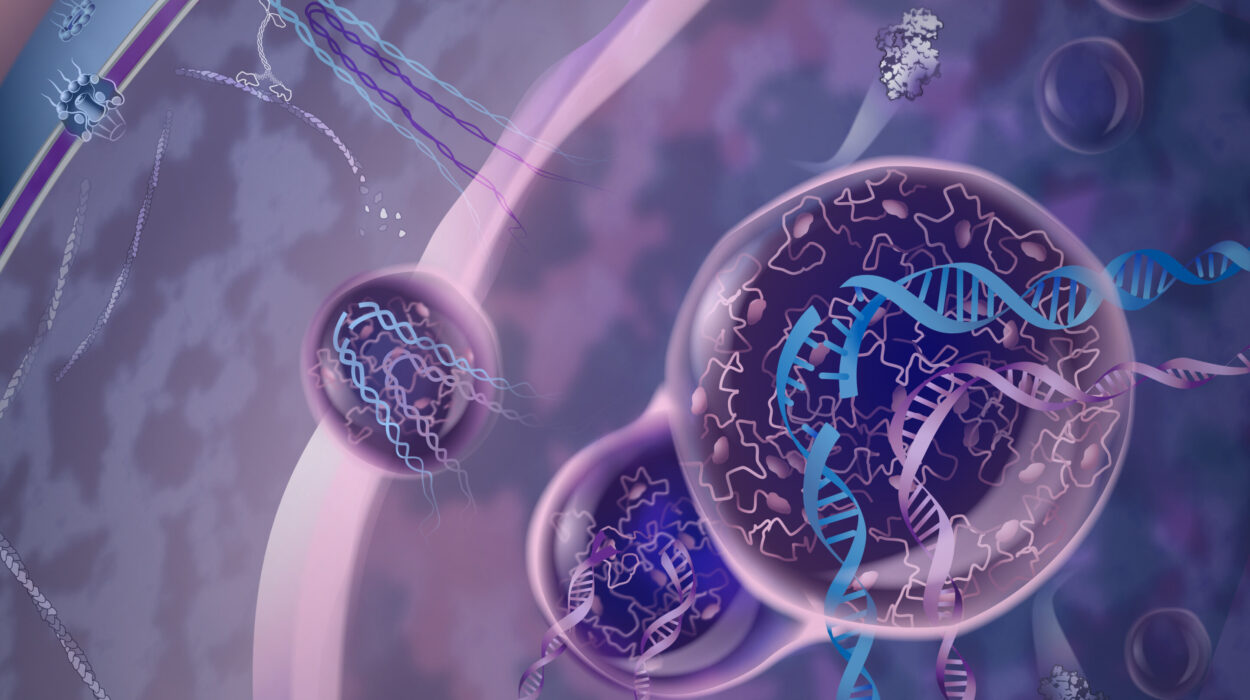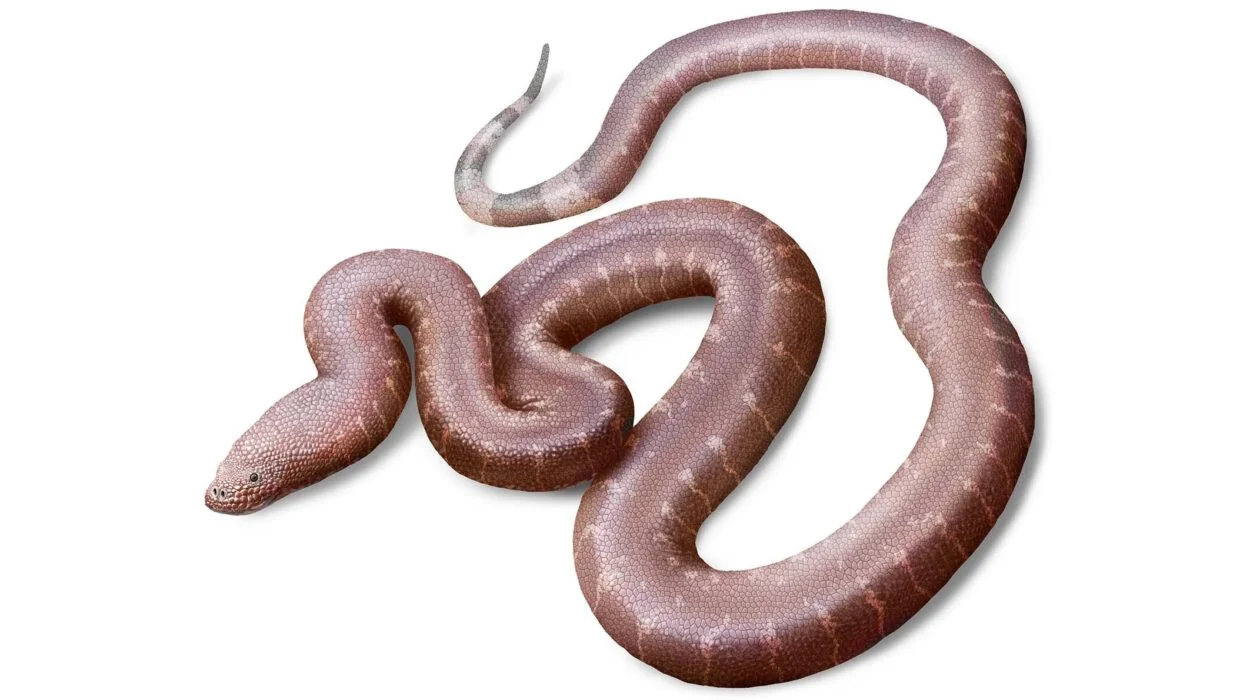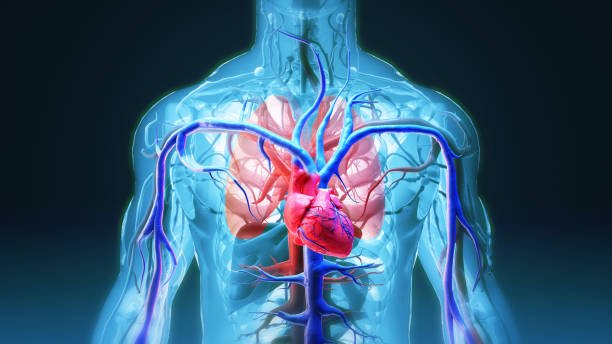Buried deep in the Canadian Rockies, the Burgess Shale preserves an astonishing record of life as it existed over 500 million years ago—an age when Earth’s oceans teemed with bizarre, soft-bodied creatures long vanished from the modern world. Among these fossilized wonders is Olenoides serratus, a trilobite whose intricate anatomy has been frozen in time not just in stone—but in exceptional detail.
In a groundbreaking study published in BMC Biology, a team of researchers led by Dr. Sarah Losso, postdoctoral fellow at Harvard University’s Department of Organismic and Evolutionary Biology, has reconstructed the movement and structure of O. serratus‘ long-lost limbs. The research sheds new light on how these early arthropods not only moved across the seafloor, but how they breathed, burrowed, mated, and fed in an alien, ancient sea.
Solving a Half-Billion-Year-Old Mystery
Trilobites are among the most common and iconic fossils, their segmented, armored bodies scattered abundantly through Paleozoic rock layers around the world. But while their tough outer shells fossilized readily, their legs—made of soft tissue—almost never survived the fossilization process. In fact, out of more than 22,000 known trilobite species, less than 0.2% show any trace of appendages at all.
That makes Olenoides serratus, with its exquisitely preserved limbs found in the Burgess Shale, a scientific goldmine.
“Understanding behavior and movement of fossils is challenging, because you cannot observe this activity like in living animals,” said Dr. Losso. “Instead, we had to rely on carefully examining the morphology in as many specimens as possible, as well as using modern analogs to understand how these ancient animals lived.”
The team analyzed 156 limbs from 28 different O. serratus specimens, using these fragments to reconstruct how these ancient creatures likely moved through their environment. Each fossil held a small but crucial clue, and when assembled, they revealed a vivid portrait of a complex, multi-legged crawler of the Cambrian seas.
Unraveling the Mechanics of an Ancient Walker
At first glance, trilobites like Olenoides might appear similar to modern horseshoe crabs, which also scuttle along the seafloor on jointed legs. But this new research reveals that the resemblance is mostly superficial.
Horseshoe crabs use alternating patterns of limb flexion and extension to move and feed, a strategy that makes their limbs highly specialized and coordinated. But in O. serratus, the limbs followed a much simpler pattern—one that didn’t alternate but still offered a surprising level of utility and flexibility.
“We found that the limbs of O. serratus had a smaller range of extension and only in the part of the limb farther from the body,” explained Losso. “Although their limbs were not used in exactly the same way as horseshoe crabs, Olenoides could walk, burrow, bring food towards its mouth, and even raise its body above the seafloor.”
Each limb, it turned out, was a multi-tool of ancient engineering. Not only could it support movement and feeding, but each leg also featured a gill, allowing the trilobite to breathe while on the move. This overlap between locomotion and respiration is an ingenious adaptation, one that speaks to the evolutionary efficiency of early arthropods.
Bringing Fossil Limbs to Life in 3D
The key to unlocking Olenoides‘ locomotion lay not only in the fossils themselves but in digital technology. The team constructed detailed 3D models of the trilobite limbs using images of fossils preserved at various angles. Since most fossilized limbs are flattened during burial, reconstructing their true shape required synthesizing data from many specimens and carefully filling in the blanks using close comparisons with related species.
“We relied on exceptionally well-preserved specimens, comparing limb preservation across many angles and filling in missing details using related fossils,” said Professor Javier Ortega-Hernández, senior author of the study and also at Harvard.
Once reconstructed, the models allowed the team to simulate the motion of the limbs in three dimensions. They compared the results to trace fossils—fossilized marks left in the sediment by crawling trilobites—and found striking similarities.
“Olenoides serratus could create trace fossils of different depths using different movements,” explained Losso. “They could raise their body above the sediment in order to walk over obstacles or to move more efficiently in fast-flowing water.”
Hidden Lives and Ancient Behaviors
One of the most surprising revelations from the study was evidence that male trilobites possessed specialized appendages for mating. This is among the earliest known examples of sexual dimorphism in the arthropod fossil record.
That these details—delicate limbs, even gills—could be preserved at all is a testament to the remarkable conditions of the Burgess Shale. Around 508 million years ago, a series of underwater mudslides rapidly buried organisms in fine sediment and cut them off from oxygen. Without oxygen, the bacteria that normally decompose soft tissues could not thrive. This created an environment where even the most fragile anatomical structures were sealed in stone, waiting to be discovered half a billion years later.
The findings underscore the importance of such rare fossil sites. Most trilobites—although once incredibly diverse and widespread—are remembered only by their armor. But the Burgess Shale lets scientists glimpse the full organism, not just its exoskeleton.
Rewriting What We Know About Trilobites
With this study, the humble trilobite takes on new life. No longer are they just symbols of a long-dead world. Olenoides serratus emerges as a dynamic, agile seafloor dweller, equipped with a body plan that allowed it to adapt, explore, and reproduce in a competitive Cambrian ecosystem.
“This changes how we think about trilobite biology,” said Ortega-Hernández. “It wasn’t just a crawling shield. It was a sophisticated animal that interacted with its environment in ways we’re only beginning to understand.”
This new image of O. serratus also alters our broader understanding of early arthropods and the evolutionary experiments that shaped them. From these early beginnings sprang today’s insects, spiders, crustaceans, and countless other joint-legged creatures. In many ways, trilobites walked so modern arthropods could run, fly, and swim.
A Window into the Cambrian Explosion
The Cambrian Period, often called the “Biological Big Bang,” was a time of rapid evolutionary innovation. The study of O. serratus adds detail to this pivotal chapter in life’s history, showing that even by 508 million years ago, some animals had already developed complex, multifunctional anatomy and behaviors.
Understanding how these creatures moved, fed, and reproduced gives us a more complete picture of early life—not as a parade of primitive organisms, but as a vibrant, competitive community filled with capable animals exploring new ways to survive.
And while many questions remain—about trilobite evolution, limb specialization, or the origins of arthropod diversity—the new findings are a major step forward.
In a way, these ancient limbs, sealed in stone for eons, are now moving once more, telling stories not just about survival, but about thriving in Earth’s earliest seas.
More information: Sarah R. Losso et al, Quantification of leg mobility in the Burgess Shale Olenoides serratus indicates functional differences between trilobite and xiphosuran appendages, BMC Biology (2025). DOI: 10.1186/s12915-025-02335-3






